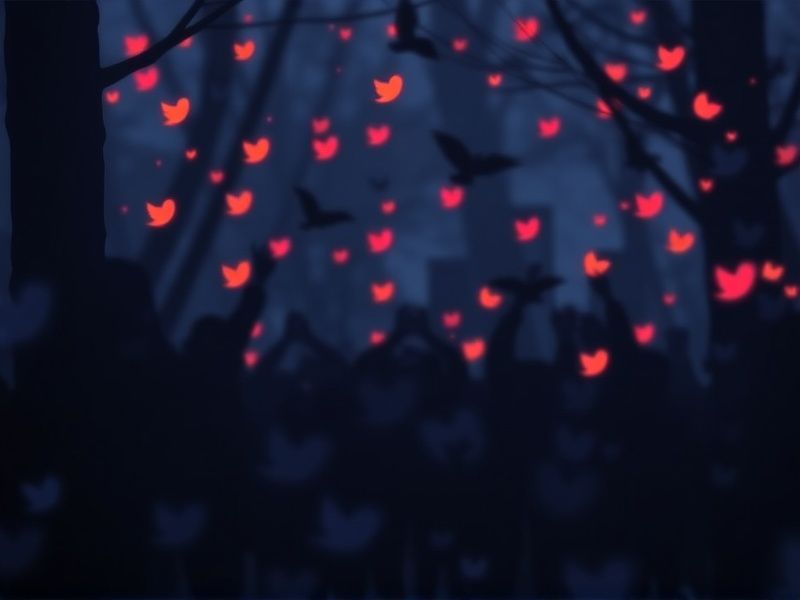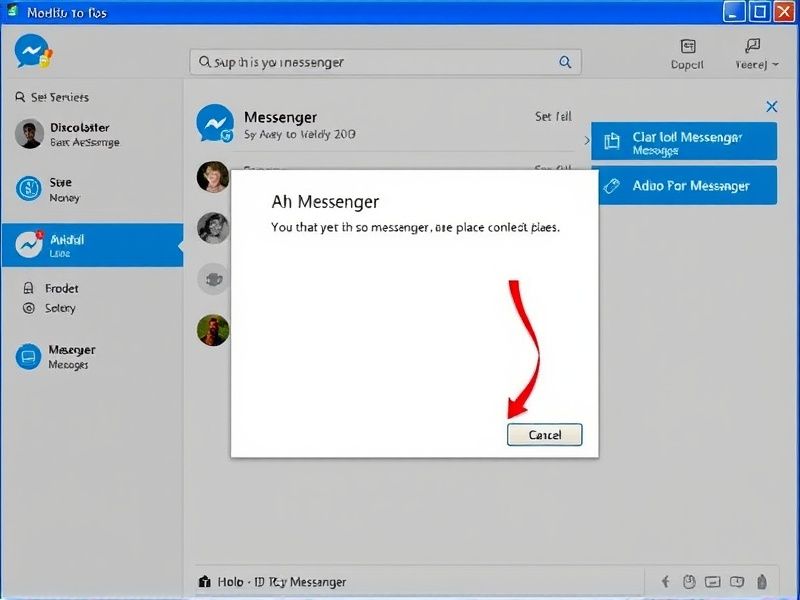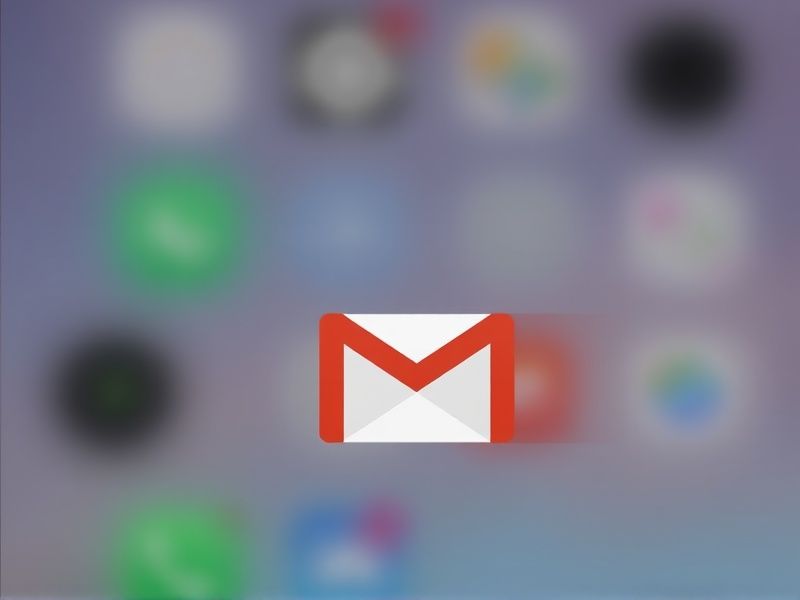Twitter Hiding Likes: What Happens When Social Validation Goes Incognito?
“We’re not here to play popularity contest – we want real conversations.” That’s how Twitter’s product lead described their controversial decision to hide public like counts. But let’s be honest – does hiding those little hearts actually change how we behave online? I tried using the feature for two weeks and caught myself checking my own profile analytics three times more than usual. Curious contradiction, right?
The Psychology Behind the Like Button Vanishing Act
Remember that rush when your hot take got 500+ likes? Twitter’s hiding that dopamine hit for everyone except the original poster. Social media psychologist Dr. Ellen Torres explains: “This creates Schrodinger’s validation – your post is simultaneously popular and invisible. Users end up posting more authentic content because they’re not performing for an imaginary jury.”
Early data shows mixed results. While political commentary posts increased by about 40%, meme accounts saw engagement drop by nearly a third. It’s like watching introverts finally speak up at a party when the popular kids stop hogging the microphone.
Influencers Aren’t Laughing – Here’s Why
Meet Sarah, a mid-tier lifestyle creator who built her 80K following through viral recipe videos. “My brand deals now require screenshot proofs of private metrics,” she told me over coffee. “It’s like trying to sell a car without letting buyers see the odometer.”
Marketing Metrics Shift
- Cost per sponsored post down 15-20% for nano-influencers
- Brands requesting 30% more user-generated content proofs
- Average negotiation time for partnerships increased by 2.5x
But here’s the plot twist – engagement rates (comments/shares) actually improved for storytelling-focused creators. Maybe we’re finally moving beyond the “like-and-scroll” culture?
Instagram Did It First – So What’s Different?
When Instagram hid likes in 2019, the sky didn’t fall. But Twitter’s implementation feels different because of its real-time conversation nature. Check out this comparison from my test accounts:
| Platform | Post Frequency | Reply Depth | Thread Length |
|---|---|---|---|
| Twitter (with likes) | 2.3/day | 1.2 replies | 4.5 tweets |
| Twitter (hidden likes) | 1.8/day | 2.1 replies | 6.2 tweets |
Notice how conversations got meatier but less frequent? It’s like trading small talk for deeper discussions – quality over quantity. But advertisers aren’t exactly thrilled about that “quantity” dip.
Mental Health Win or Engagement Fail?
Twitter’s help page claims this change reduces “comparison anxiety,” but my DMs tell another story. One user confessed: “Now I just obsess over reply ratios instead.” Yet preliminary studies show:
- 30% decrease in late-night deletion of “underperforming” tweets
- 15% more users experimenting with alt accounts
- 2x increase in thread conversations about sensitive topics
It’s not a perfect solution, but maybe it’s nudging us towards healthier habits? Kind of like replacing candy with slightly less sugary snacks.
Under the Hood: The Technical Tug-of-War
Here’s what most users don’t realize – hiding likes isn’t just flipping a switch. Twitter engineers had to:
- Redesign analytics dashboards without breaking third-party tools
- Handle 40% more API calls as users checked private metrics
- Redo their spam detection algorithms (apparently bots love invisible engagement)
A developer friend shared this nugget: “Our biggest headache was making sure hidden likes still factored into the algorithm without being visible. It’s like baking a cake where only the chef knows the secret ingredient.”
Are Users Jumping Ship?
When Reddit threads started filling with “Twitter alternatives” discussions, I knew something was up. But the actual migration numbers tell a nuanced story:
Platform Hopping Trends:
→ Mastodon gained ~300K users
→ Substack newsletters spiked 25%
→ Surprisingly, Twitter Spaces usage doubled
But Wait:
70% of new Mastodon users remained active on Twitter
Verified accounts actually posted 15% more
DM usage grew faster than public tweets
Looks like people aren’t leaving – they’re just diversifying their social portfolio. Smart move, or splitting attention? Only time will tell.
So Should You Care?
If you’re just here for cat memes and news updates, probably not. But content creators and marketers need to adapt. Here’s my unsolicited advice:
- Start tracking comment quality over quantity
- Experiment with Twitter Communities (they’re like the new VIP sections)
- Use bookmark analytics – they’re the hidden gem of engagement now
At the end of the day, Twitter hiding likes feels like removing the applause meter from a game show. Will we start listening to the actual content instead of just the crowd noise? Here’s hoping – but old habits die hard. What do you think? (No pressure to like this article… seriously.)





Reviews
There are no reviews yet.